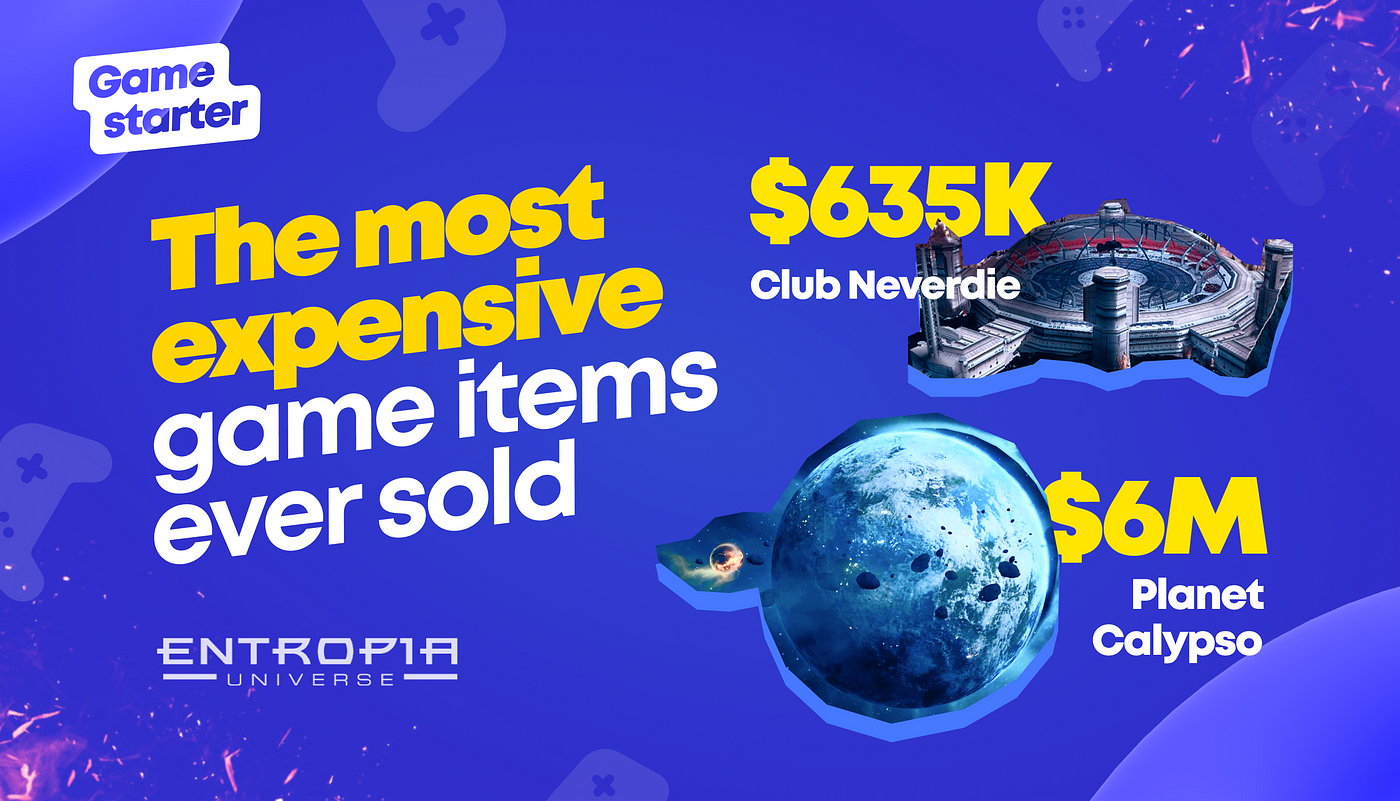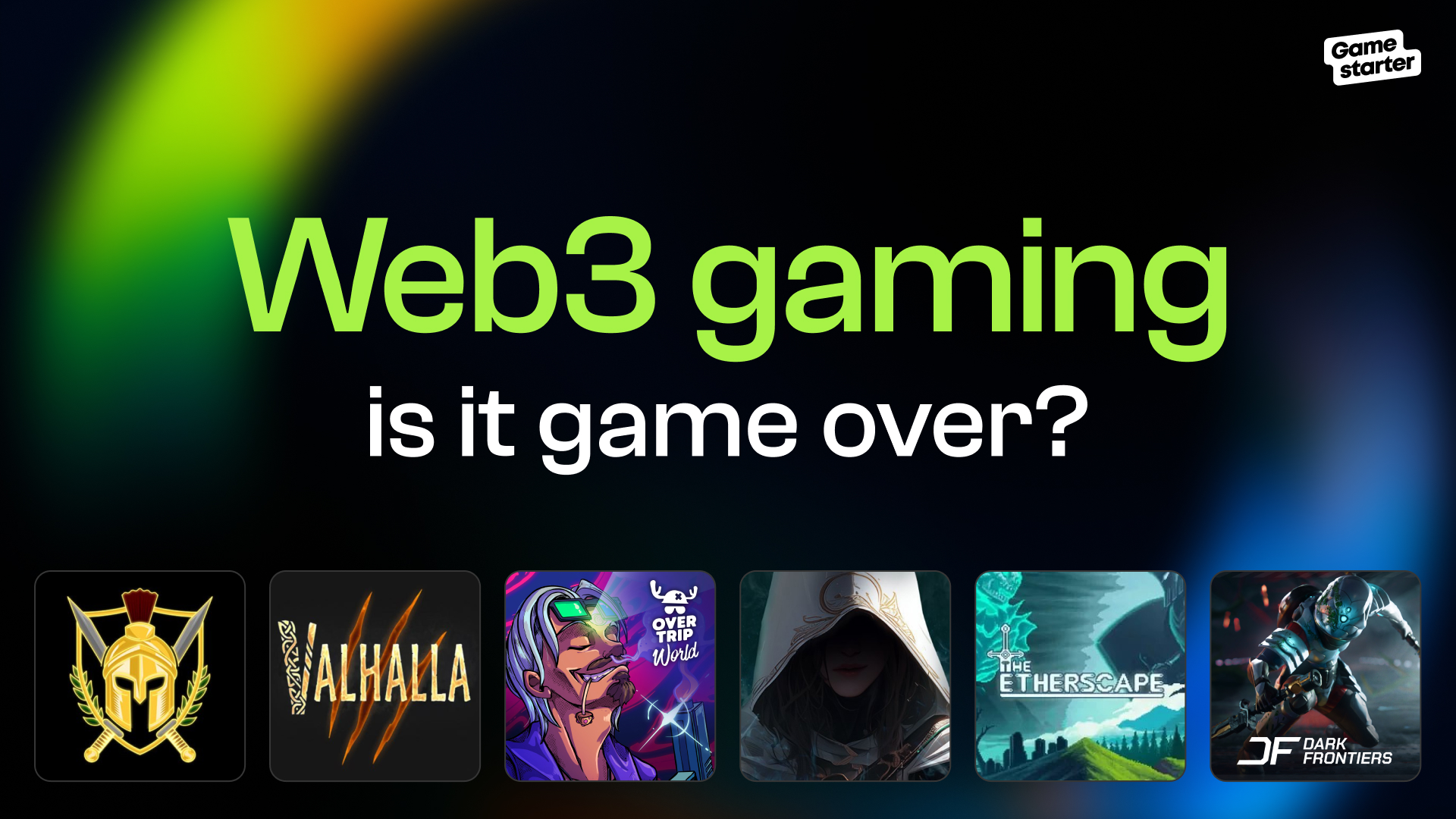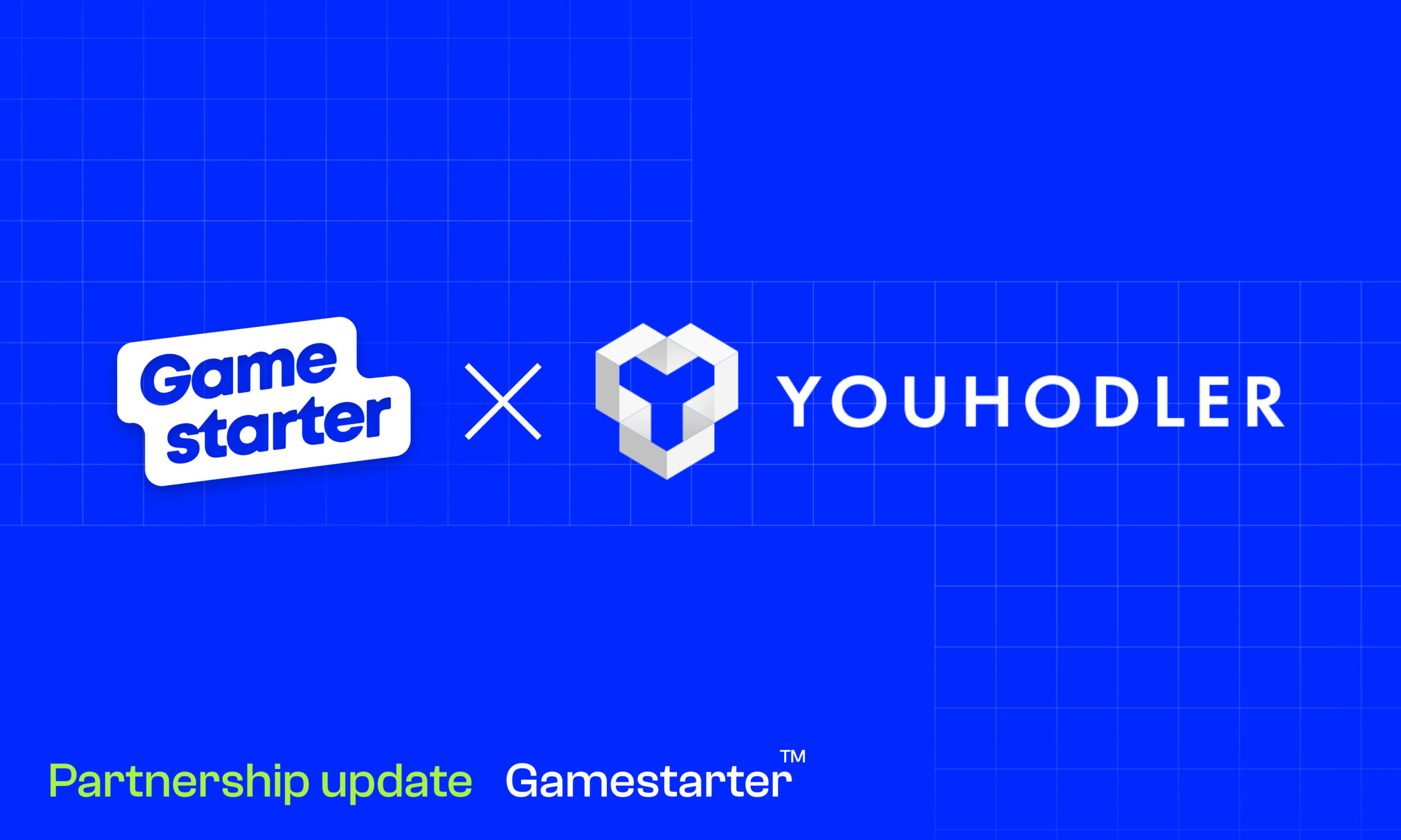4 Reasons Why Gamestarter is a Gamechanger


Become part of exclusive group that shapes GS Future
The co-founder & CMO of DAO Maker recently wrote an article on what he thinks are the best features of Gamestarter and why it could be revolutionary. We’ve decided to expand on these points and present four concise reasons why Gamestarter is a gamechanger.
1. Gamestarter is not competing for a common market share with other fundraising platforms.
At first glance, Gamestarter seems to be competing against other much more well-established counterparts. Fundraising platforms in general and those for creative projects, in particular, are nothing new. Kickstarter, the biggest name when it comes to fundraising, was launched in 2009 and has raised over $5.6 billion, with more than 197,425 projects funded since its inception. Fundraising has also been an essential feature of crypto/ blockchain technology so far, with thousands of projects funded by the public through token sales. So what is left for Gamestarter to discover?

Gamestarter is not sharing the same market with other well-known platforms but establishing its own community by bringing the function of tokenless crypto funding to the traditional market.
Traditionally, 99% of startups do not integrate blockchain tech or consider issuing utility tokens due to legal complications. As a result, most of them stay out of the realm of crypto funding, seeking help from conventional seed planters like Kickstarter and Indiegogo. The fact is that this is an aching pain for emerging startups because they cannot access the massive reservoir of public funding through cryptocurrencies.
As for gaming projects, most indie game creators do not promote the games themselves and instead use marketing agencies. This is a playground for Gamestarter, which is working with the primary non-crypto game funding promoters, and instead of getting one studio at a time, is bringing 50–100 with each deal.
By bringing a new solution to an old problem, Gamestarter is set to breathe fresh air into the field of fundraising.
2. The gaming industry is already huge and growing exponentially.
Nearly one in three people on earth are now playing video games. That’s 2.1 billion individuals playing at least once a month!
Gaming is an industry worth more than 160 billion dollars and is one of those that grow the fastest among all industries. In fact, according to Statista, gaming makes up the primary portion of funding on Kickstarter, reaching 1.44 billion U.S. dollars — more than all crypto public sales put together. Funding of gaming projects is reported to be worth 200–250 million dollars a year, focusing on just public sales.

Usually, funding on platforms like Kickstarter is often through the form of game pre-sales, which is similar to a utility token pre-sale. Tokens are bought to provide access to other products that will go live later on. Game item pre-sales are similar, you are given an opportunity to buy a certain, most likely unique asset that will be playable in-game. In reality, game items form a huge economy, which ends up funding most of the indie games in the world. However, this huge economy is informal, which means funding that happens on Kickstarter, Indiegogo and other similar platforms often ends up being dead-end investments. This type of game funding prevents gamers from making any profit from their initial investment.
Gamestarter aims to change that. Gamestarter’s business model provides gamers extra liquidity, access, and ownership over their pre-sale items, which are in the form of NFTs. Furthermore, Gamestarter provides a marketplace to trade digital assets from successfully launched games. Giving the NFTs owners as much agency as possible and the ability to sell and realize real-world value from their holdings, which is essential for the NFT ecosystem to thrive.
3. Gamestarter has a clear pathway for both, established and new projects
What is interesting with Gamestarter is that it has two different vetting mechanisms for applicant games: Open and Prime.
For the Open model, any game project can apply (which is similar to the Kickstarter model). In this case, most games qualify to be enlisted. There are hundreds of millions of dollars going into game item pre-sales, so maintaining an open platform for game item pre-sales is not only achievable but also beneficial. The reason is that by giving these projects more liquidity, a huge amount of capital will flow into the market.
The limited Prime version is different. This option is for games that have gone beyond the base level of creation. These games are expected to have already attracted some community, proven functioning prototypes, and developed original lore or gameplay.
By this division, backers are supported to make well-informed decisions in backing games, promising maximum rates of return.

There’s also a third category for new game projects — Gamestarter Originals. These select games will be accelerated by Gamestarter Fund & Accelerator from the very start.
4. The founding team comes from a game development background
A significant advantage of Gamestarter’s team is that they know the pain points of the industry and are now addressing them with the hands-on experience they accumulated.
There are numerous other benefits of having founders with an in-depth understanding of the field. First, having a good network among other indie game devs enables the team to onboard them purely on the basis of good relations and mutual understanding. Second, pre-existing relations with indie game funding promoters means they can get them onboard quickly as funnels. And last, game item pre-sales will be fed by the Gamestarter’s Originals branch.
In conclusion, Gamestarter promises to disrupt the fundraising world thanks to 4 special features: (1) merging traditional and innovative features of fundraising, (2) capitalizing on the exponentially growing gaming industry, (3) having a clear pathway for both old and new gaming projects, and (4) finally, a team with expert insights in gaming.
Gamestarter is launching this quarter! Are you ready to join us?

are registered trademarks. All rights reserved.
















